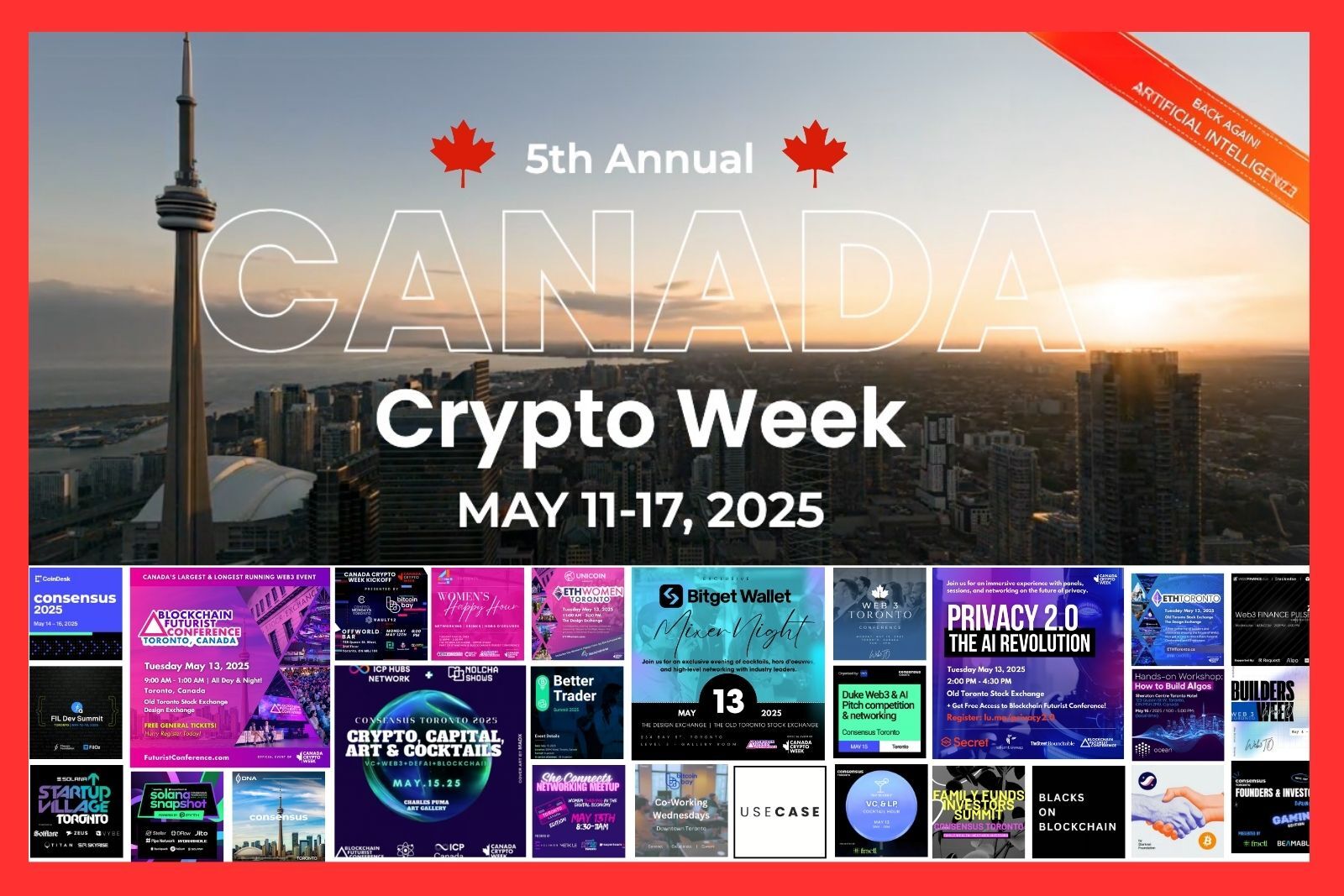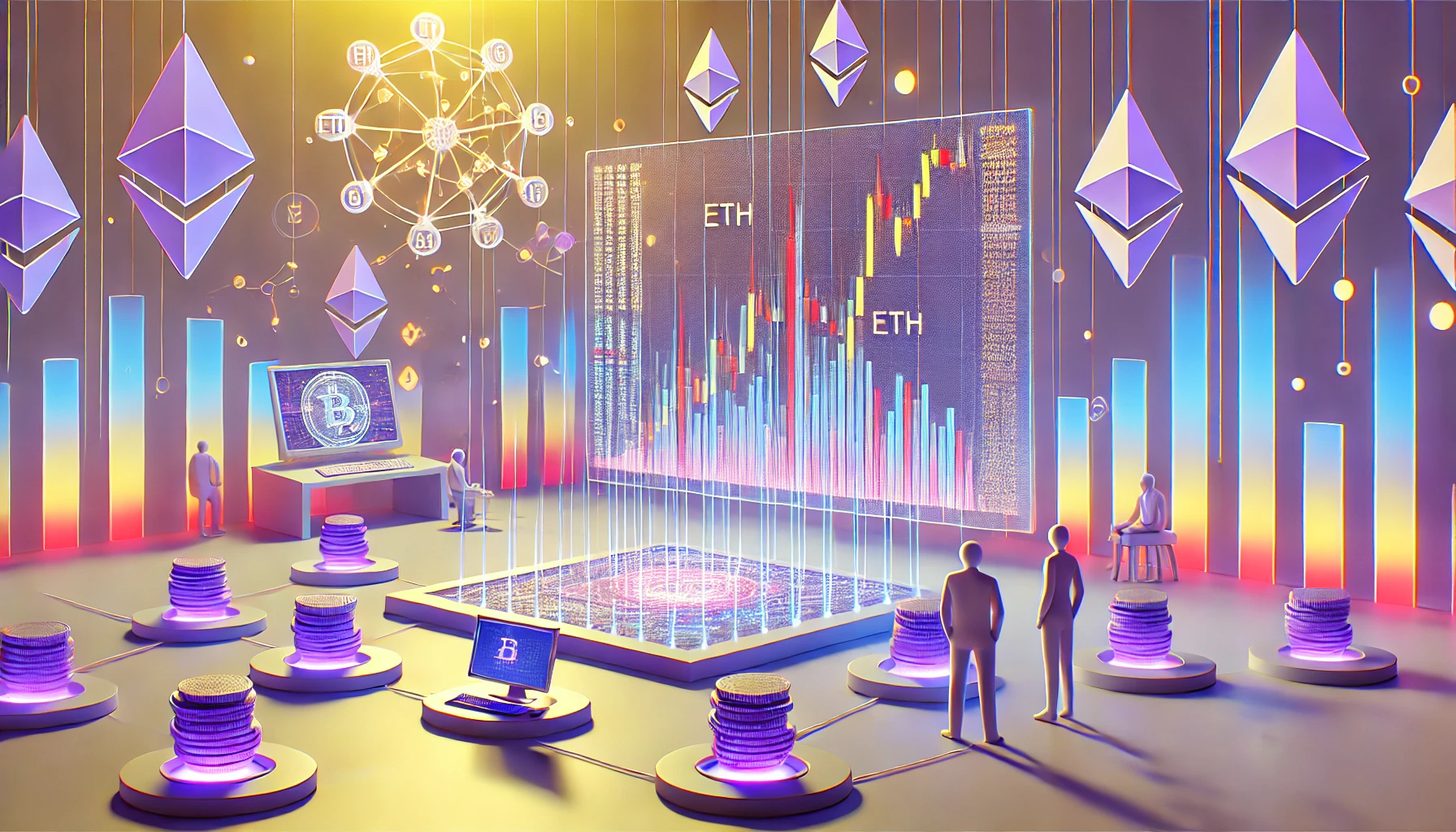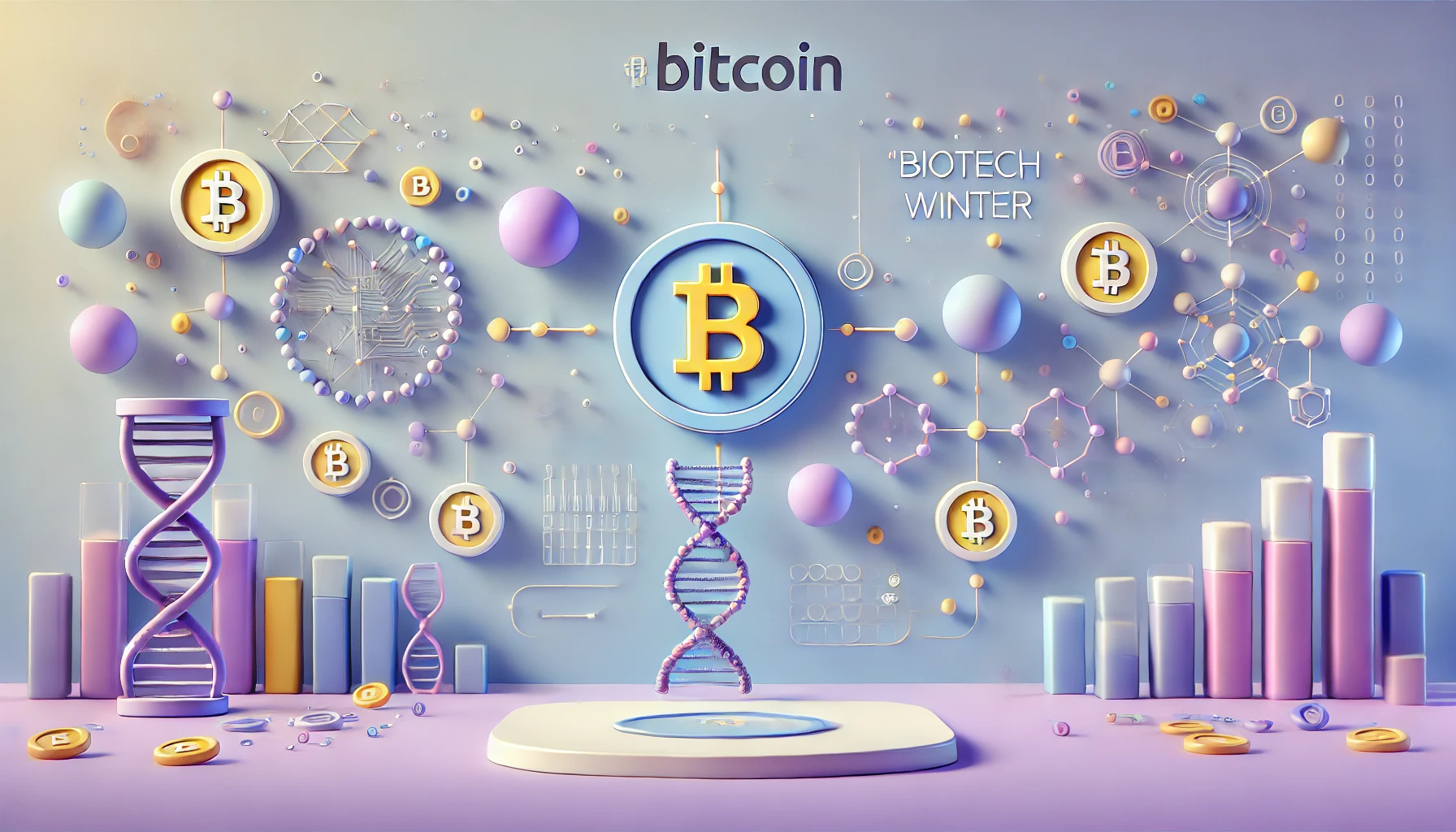Will non-fungible tokens (or NFTs) be the next big thing in video games? This sector is no exception to the explosion of the NFT market, with the value of transactions tripling last year to reach $250 million, according to Nonfungible.com.
NFTs: a new type of cryptocurrency
What do tweets and works of art have in common?
It is now possible to buy both, and in almost identical ways.
If you’re wondering how much a famous tweet sells for, here’s the answer: $2.9 million. That’s the amount paid by the buyer of the first tweet ever published, which read “just setting up my twttr”. It was put up for auction last March by Jack Dorsey, the boss of Tweeter, in the form of an NFT.
tweet
What’s the difference between fungible and non-fungible tokens?
So what is an NFT, also known as a non-fungible token or ‘nifty’ to those in the know? What’s the difference between this type of token and bitcoin, for example?
Cryptocurrencies such as ethers or bitcoins are fungible. This legal term refers to objects that can be exchanged for other objects of the same value. For example, it is possible to exchange a one-euro coin for another one-euro coin, which is also true for the majority of tokens.
NFTs, on the other hand, are non-fungible tokens. This type of object is not interchangeable: they cannot be replaced or exchanged for an equivalent object. The most classic case is that of works of art: it is impossible to exchange the Mona Lisa painting for another Mona Lisa painting, for example.
Similarly, each NFT has its own unique identity. These tokens can be used to identify all kinds of objects (tweets, for example), and act as certificates of authenticity. The holder of one of these tokens is the only person who can prove that he or she is in possession of it. The blockchain system makes NFTs tamper-proof and indestructible.
The explosion of the NFT market concerns a multitude of sectors
NFTs make it possible to assign a unique identifier to an almost infinite number of real or virtual objects. Recent events have demonstrated the extent of the possibilities.
In the music sector, many artists such as Eminem, Snoop Dog and The Weeknd have put their own collections of NFTs on sale. They take the form of original beats, trading cards or figurines.
With the “Cryptokicks” project, Nike is planning to create replicas of its famous collectible sneakers in the form of NFTs. Many other brands have followed suit.
NFTs are also revolutionising the art world, and crypto-art in particular.
Why could NFTs revolutionise video games?
The beginnings of NFTs are closely linked to video games. The creators of these tokens are gamers who have used the blockchain principle to create a new kind of video game. Today, the market encompasses the entire sector and is revolutionising the way video game transactions work.
cryptokitties
Video games in the form of blocks
Blockchains: development platforms almost like any other
Video games work by writing code, which is used to manage the appearance of the characters, the settings and the storyline. Blockchain platforms make it possible to code video games, just like traditional development platforms.
They allow you to create decentralised applications, called DApps, which look just like the applications on your smartphone. The difference lies in the way they work: blockchain applications are stored directly in the blocks of which they are composed. Similarly, they are not “centralised”, i.e. they are not stored on a single server. It is the community of each blockchain that creates its blocks, on the principle of “mining”.
The craze for collectible NFTs
In 2017, Cryptokitties paved the way for video games in the form of DApps. Designed on the Ethereum blockchain, the game is behind the first standard for representing virtual assets: ERC-721.
The game allows you to buy, sell, collect and breed coloured virtual cats. Each cat corresponds to an NFT, making it unique. A few days after its launch, the value of transactions on Cryptokitties reached €5 million.
Subsequently, many video games have been designed on blockchains. And some collectibles have sold for head-turning prices:
97,000 euros (246 ethers) for the cat named “Genesis” on Cryptokitties,
1.5 million dollars (888 ethers) for a virtual property on the Axie Infinity game,
60,000 (137 ethers) for the virtual playing card of a Greek titan on the game God’s Unchained,
1.8 million (2 million MANA) for another virtual property in the game Decentraland.
Video games in the form of DApps use NFTs to allow players to collect all kinds of virtual objects. But NFTs are not limited to this type of game.
Microtransactions and Esport
Today, some multiplayer games bring together ever-growing communities of gamers. The number of players and the audience for titles such as Fortnite, LoL, Dota or Counterstrike is growing steadily. The development of Esport is irrefutable proof of this: the audience for matches between competing teams (“leagues”) is increasingly similar to that for traditional sports.
These video games are largely free to play. However, the studios behind their development generate income based on microtransactions within the games themselves. The amount generated by these purchases is far from insignificant: they are said to have earned Riot Games, the studio behind League of Legends (LoL), 1.5 million dollars.
In video games, players mainly buy cosmetic items. Skins” or “emotes” allow them to personalise their virtual characters by giving them a specific look or dance, for example.
While these customisation options are far from new, they could well tip the video game sector into a new era thanks to NFTs. Today, skins or weapons purchased in a video game have no real value. But if they were linked to an NFT, gamers would be able to buy and resell them, rather like works of art on the art market. The sentimental value of these virtual objects would also increase tenfold, since each token is unique and its history will be engraved in the blockchain.
Conclusion
The NFT market has been growing steadily for less than five years. Video games are one of the sectors that is particularly benefiting from its development. It would appear that this is just the beginning. However, these tokens come up against a number of limitations, particularly technical ones. Indeed, 2ᵉ generation blockchains like Ethereum are still too energy-hungry, and its operations are slow and expensive. However, the price of NFTs should take off as blockchains evolve.












